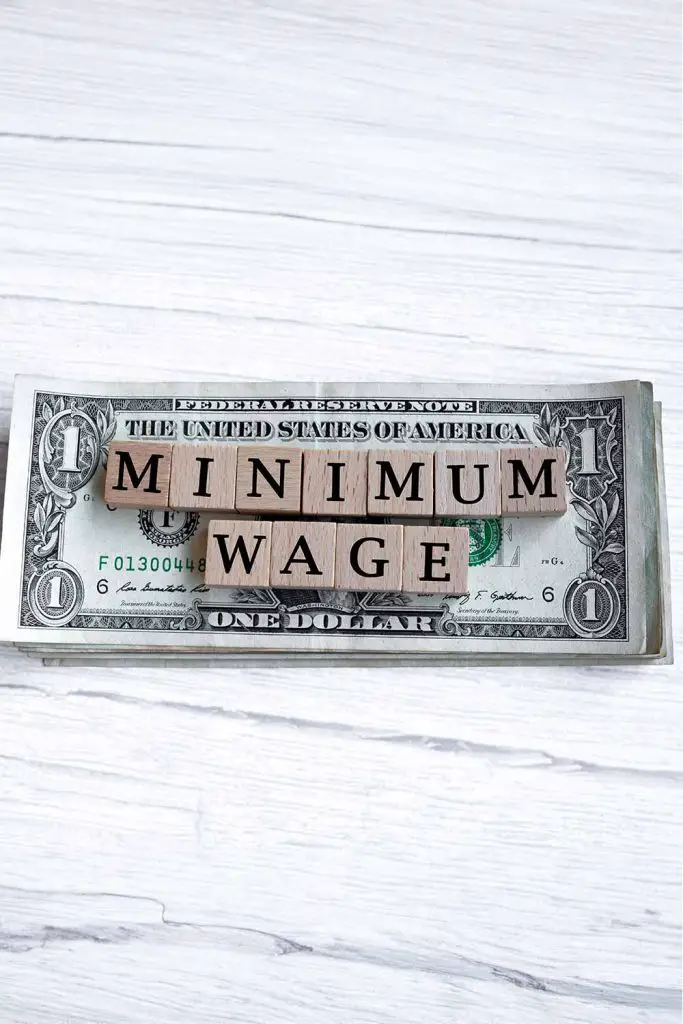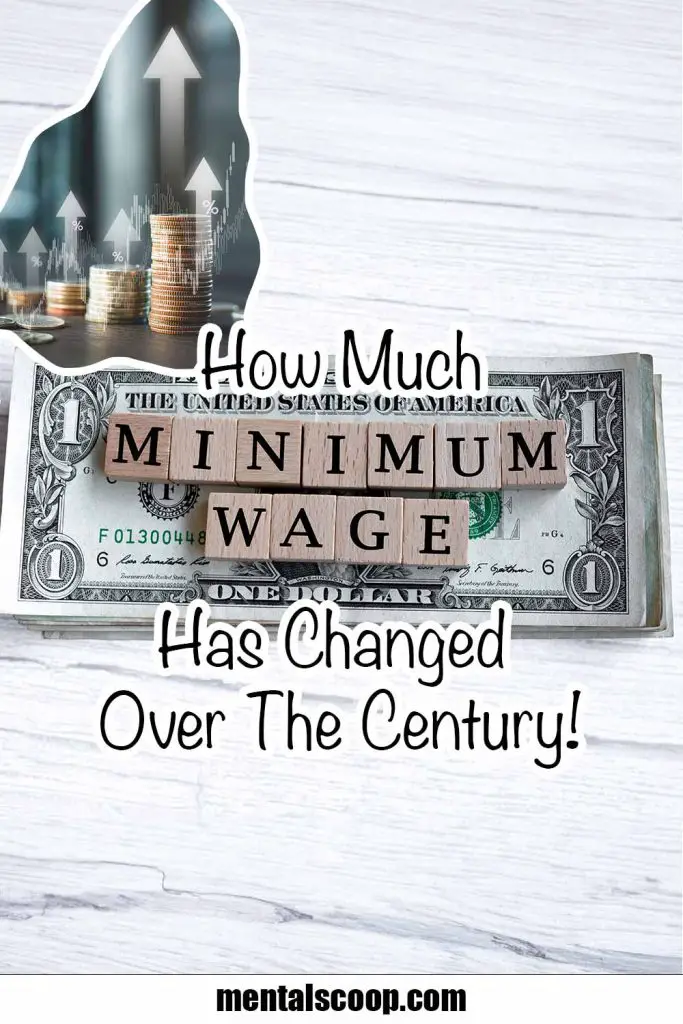How Much Minimum Wage Has Changed Over The Century!

Minimum wage has long been a critical point of discussion for economists, lawmakers, and workers alike. Its evolution over the last century reflects major shifts in economies, politics, and society.
Let’s take a journey through history and explore how minimum wage has changed, what those changes meant, and what the future might hold.
The Origins of Minimum Wage: Where It All Began
The concept of minimum wage dates back to the early 20th century. In 1896, New Zealand became the first country to establish a minimum wage law, followed by Australia in 1907. In the U.S., Massachusetts led the way in 1912, with its first minimum wage laws applying only to women and children.
These early regulations were created to protect vulnerable workers, but the minimum wage system would soon expand globally and to all sectors of the workforce.
The First Federal Minimum Wage in the U.S.: The Fair Labor Standards Act of 1938
In the United States, the Fair Labor Standards Act (FLSA) of 1938 introduced the first federal minimum wage of $0.25 per hour. The move was revolutionary at the time, aimed at pulling the country out of the Great Depression and reducing exploitative labor practices.
Though $0.25 an hour may seem meager today, it provided a baseline for wages that millions of workers had previously lacked. This was the start of minimum wage becoming a key tool in U.S. labor policy.
The Post-War Boom: 1950s-1960s Growth and Prosperity
The post-World War II economic boom brought rising living standards across the developed world. In the U.S., the minimum wage saw substantial increases during the 1950s and 1960s.
By 1968, the federal minimum wage had risen to $1.60 an hour, which—adjusted for inflation—remains one of the highest real wages in U.S. history. The higher minimum wage reflected the strong demand for labor, and worker wages grew alongside the rapidly expanding economy.
Inflation and Stagnation: The 1970s and 1980s
However, the story shifted dramatically in the 1970s. A combination of high inflation, oil crises, and slow economic growth led to the stagnation of wages. Despite several nominal increases in the minimum wage, inflation outpaced them.
By the 1980s, the federal minimum wage had effectively decreased in real terms, and many workers struggled to make ends meet as wages failed to keep up with rising living costs.
The 1990s: A Time of Renewed Focus
The 1990s saw renewed attention to the minimum wage, especially in the U.S. where it had been stuck at $3.35 per hour for most of the 1980s. In 1996, Congress passed a bill to raise the minimum wage to $5.15 per hour.
Though still low compared to inflation-adjusted levels in previous decades, the increase signaled an acknowledgment that the minimum wage needed to rise for workers to meet basic living standards.
Global Expansion of Minimum Wage Laws
During this same period, the idea of a national minimum wage was spreading globally. Countries across Europe, Asia, and Latin America started implementing and adjusting their own wage floors.
Germany, for example, didn’t introduce a national minimum wage until 2015, though it had industry-specific minimums before. Meanwhile, emerging economies like China began to institute regional minimum wage laws as part of their economic reforms.
Minimum Wage and the Cost of Living: The Growing Gap
As the cost of living continued to rise into the 21st century, the minimum wage in many countries failed to keep up. In cities like New York, London, and Tokyo, rent, healthcare, and transportation costs skyrocketed, leaving minimum-wage workers struggling.
Movements like the “Fight for $15” in the U.S. and “Living Wage” campaigns in the U.K. emerged, demanding that wages be tied more closely to the actual costs of living.
The Impact of Automation and Technology on Wage Structures
The rapid growth of technology and automation has also affected how minimum wage laws are perceived. Many jobs traditionally filled by minimum-wage workers, such as cashiers and clerks, are now being automated, raising concerns about the future of low-skilled labor.
Some argue that increasing the minimum wage too high could accelerate automation, while others see it as essential to ensuring fair compensation in a changing workforce.
The Fight for $15: A Movement Gaining Momentum
One of the most significant minimum wage campaigns of the 21st century has been the “Fight for $15” movement in the U.S. Since its inception in 2012, this movement has advocated for a $15 per hour wage as a livable minimum wage standard across the country.
It has sparked wage hikes in cities and states nationwide and shifted the conversation toward a more aggressive approach to wage policy. California and New York were among the first states to enact $15 minimum wages, with other states following suit.
Global Comparison: How Does the U.S. Minimum Wage Compare to Other Nations?
Minimum wage levels vary widely across the world. Countries like Australia and Luxembourg have some of the highest minimum wages globally, with rates above $12 per hour (in U.S. dollars). In contrast, countries like Mexico and India have much lower minimum wages, reflecting broader economic disparities.
The U.S. federal minimum wage, at $7.25 per hour (as of 2024), is often criticized for being insufficient when compared to other developed nations, particularly given the high cost of living in many American cities.
The Future of Minimum Wage: Universal Basic Income and Other Proposals
As the debate over minimum wage continues, new ideas are emerging. One of the most prominent is Universal Basic Income (UBI), a policy that would provide everyone with a regular, unconditional sum of money.
Proponents argue that UBI could replace or supplement the minimum wage, providing a safety net for all workers, regardless of employment status. Countries like Finland and Canada have experimented with UBI, while discussions about the future of work and wages continue to gain traction.
Lessons from a Century of Minimum Wage Evolution
Over the past 100 years, the minimum wage has evolved from a novel concept into a central pillar of labor rights in many countries. Its history has been shaped by economic booms, recessions, political ideologies, and social movements.
The minimum wage, while essential, is not without its challenges. Policymakers must continually balance the need to provide fair wages with the potential economic consequences of wage hikes. As we look to the future, the ongoing debate will undoubtedly focus on finding the right balance to ensure workers earn a livable wage in an ever-changing world.
The history of minimum wage shows that it is more than just a number—it represents broader societal values and economic priorities. Whether it’s through incremental increases, global comparisons, or more radical ideas like UBI, one thing is certain: the conversation around minimum wage is far from over.

More interesting articles you may be interested in reading:

